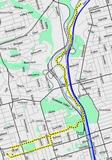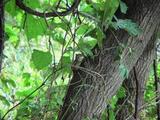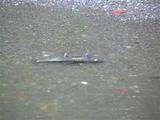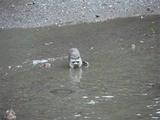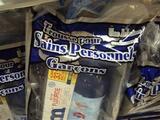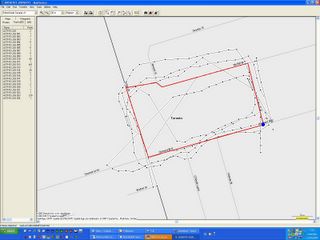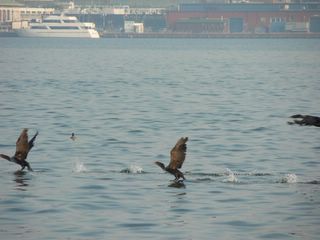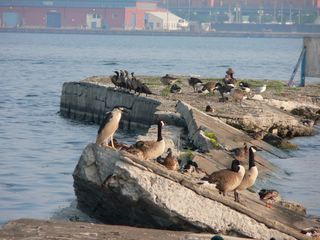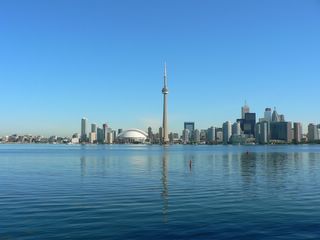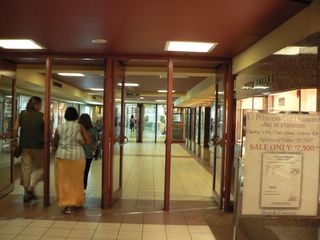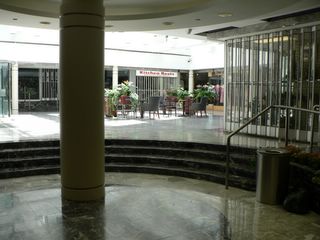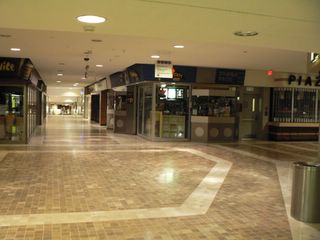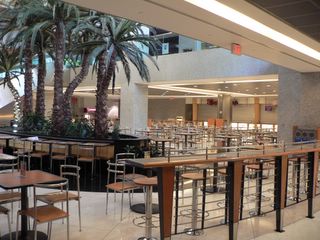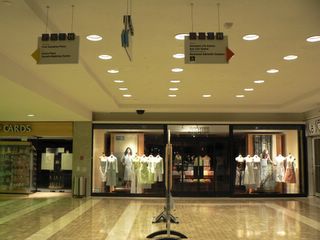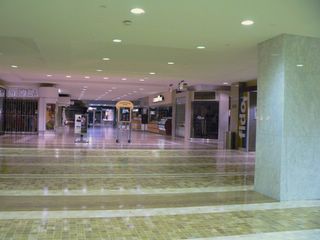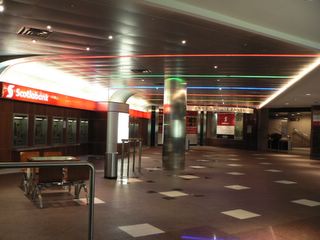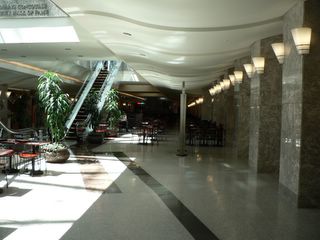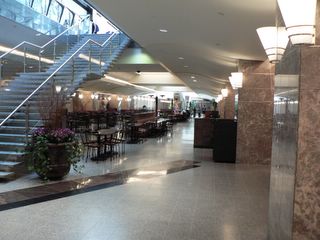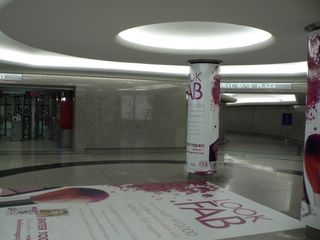Belgium, the safest country in the world?
Belgians are quite convinced that they live in the safest country in the world, or at the very least in one of the safest countries on the planet. They are also absolutely sure that North America is an incredibly dangerous place because, so they think, firearms are freely available to all.
The picture of North America as a smoking garbage dump with scruffy gangsters running after each other, shooting and killing as much as possible, may well be nothing more than a grim caricature in the movies, but most Belgians are convinced of its reality.
As is so often the case, prejudice is simply wrong. These are the numbers I found regarding murders:
Belgium, the safest country in the world, had 963 murders in 2004 or about 9.6 per 100,000 inhabitants.
Canada, the country where I live, which is largely unknown in Belgium, except for some fallacies about Quebec, had 622 murders in 2004, or about 1.9 per 100,000 inhabitants.
The US, according to Belgian and European propaganda, the most horrible country on the planet, had 16,137 murders in 2004, or about 5.5 per 100,000 inhabitants.
Belgium, is often compared to The Netherlands (Holland) and it is usually assumed that statistics will be similar. This most certainly does not apply to murder rates. Holland had 223 murders in 2004, or 1.35 per 100,000 inhabitants.
I think that this certainly puts an interesting light on Belgian beliefs.
UPDATE: It has been brought to my attention that the Belgian data are wrong. Indeed, the number 963 is not the number of murders but the number of homicides and the number of homicide attempts added together. While I am able to find the seperate data, I can find no reasonable explanation for this except for known inaccuracies of unknown magnitude or a desire to create doubt. I will therefore continue to use the number 963 while stating that this number is quite probably an exaggeration.
